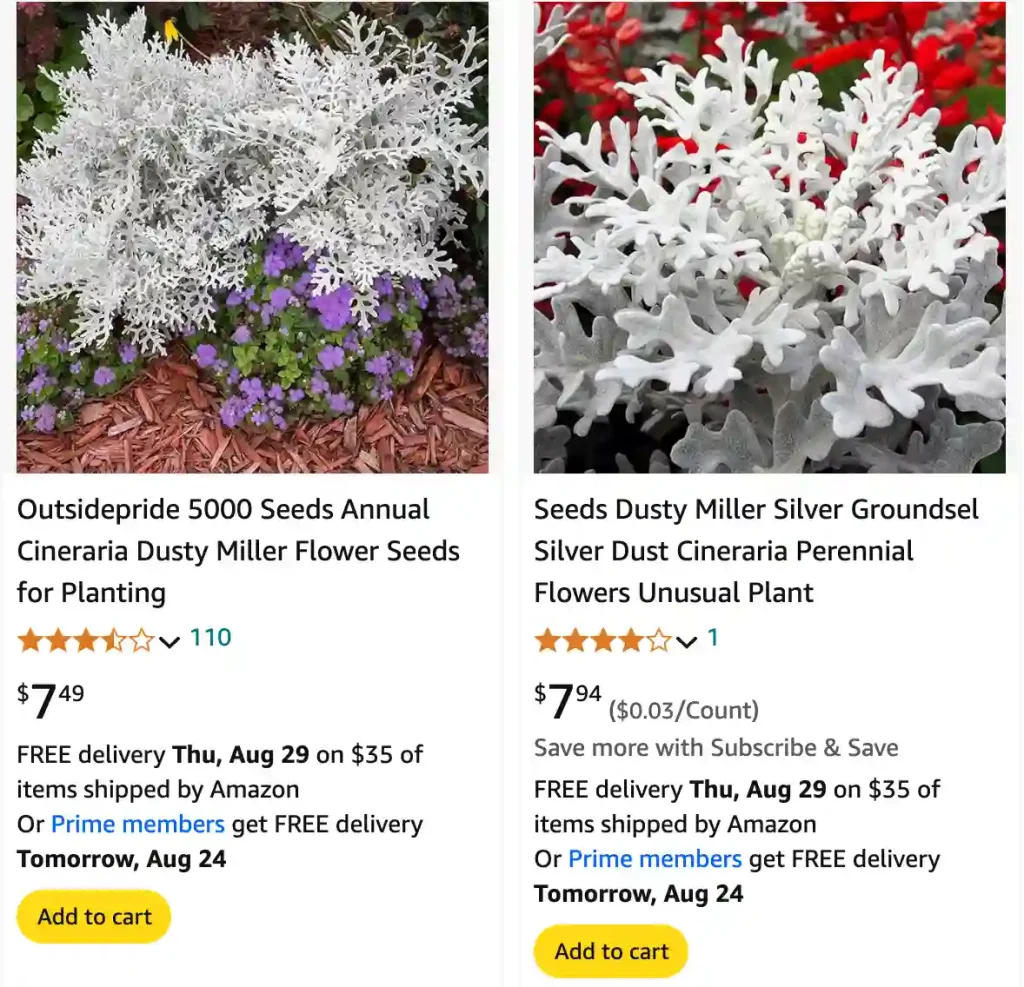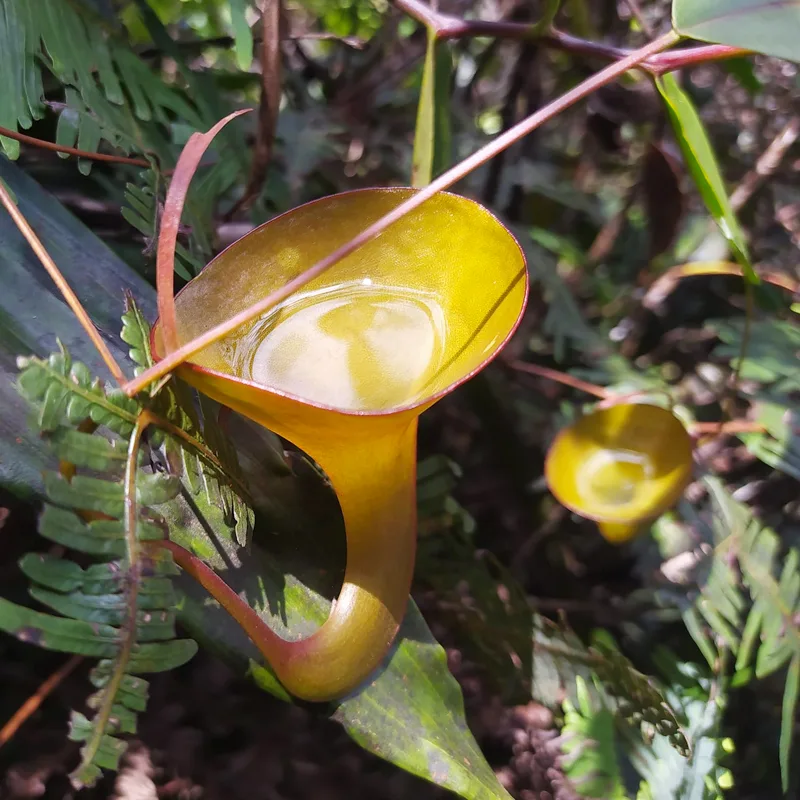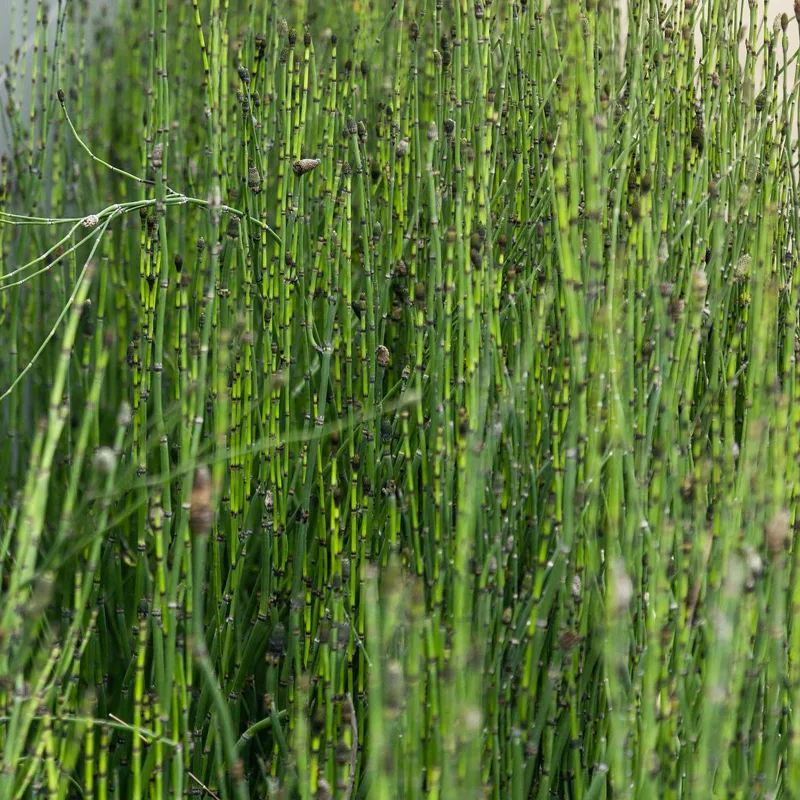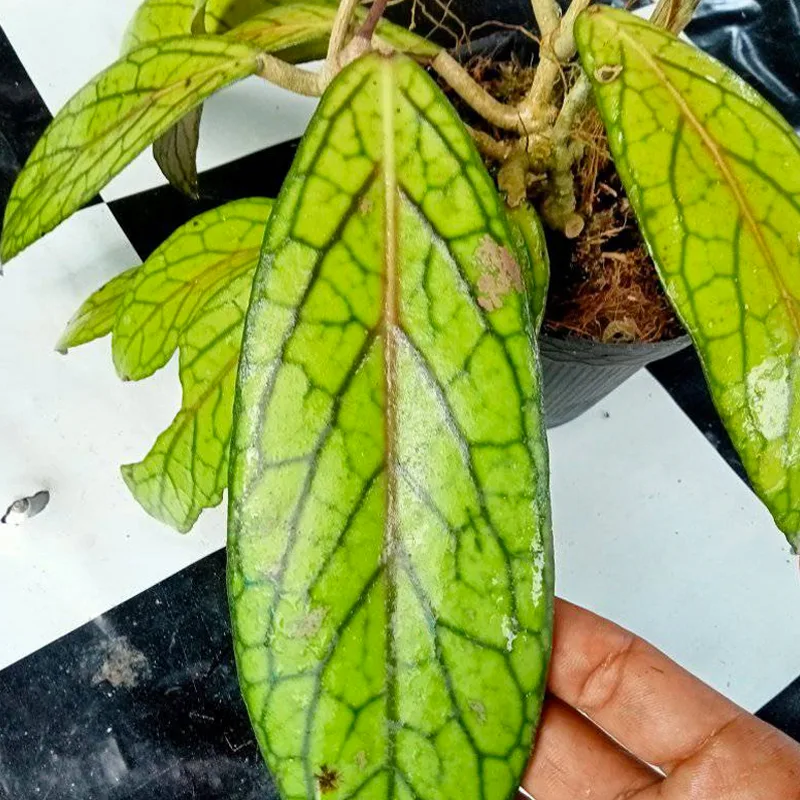
FAQs About Dusty Miller
When I first encountered Dusty Miller, I was captivated by its silvery foliage and striking appearance. Over time, I’ve learned a lot about this charming plant and its needs. If you’re considering adding Dusty Miller to your garden or just curious about it, here are some frequently asked questions that might help.
What is Dusty Miller?
Dusty Miller, or Senecio cineraria, a synonym of Jacobaea maritima from Asteraceae family, is a popular ornamental plant known for its distinctive silver-gray leaves. It’s often used as an accent plant in flower beds and containers due to its unique, velvety foliage. The plant can grow up to 18 inches tall and spreads about 12 to 24 inches wide, making it a versatile choice for various garden designs.
Plant Family: 1720 Genera in Asteraceae
Is Dusty Miller a Perennial?
Dusty Miller is generally grown as an annual in most regions, although it can be a perennial in warmer climates. In zones 7 and higher, Dusty Miller can survive winter and return the following year. If you’re in a colder climate, it’s usually treated as an annual and replanted each spring.
How to Propagate Dusty Miller?
Propagating Dusty Miller is relatively straightforward. The best method is through cuttings. Take stem cuttings from a healthy plant in early spring or late summer. Ensure the cuttings are about 4 to 6 inches long and remove the lower leaves. Dip the cut end in rooting hormone and plant it in a well-draining potting mix. Keep the soil moist and place the cuttings in a warm, sunny spot. They should root in a few weeks.
Will Dusty Miller Survive Winter?
In colder climates, Dusty Miller typically cannot survive winter without protection. If you want to keep it through the cold months, consider digging up the plants and bringing them indoors or into a greenhouse. Alternatively, you can mulch heavily around the plants to provide some insulation.
Do Deer Eat Dusty Miller?
Dusty Miller is generally resistant to deer, which usually avoid plants with strong fragrances or tough leaves. However, in times of scarce food, deer might nibble on Dusty Miller, though it’s not their preferred choice.
How to Prune Dusty Miller?
Pruning Dusty Miller helps maintain its shape and encourage bushier growth. Trim back any dead or damaged foliage as needed. You can also pinch back the tips of the plant to promote a more compact form. Pruning should be done in the spring to prepare the plant for the growing season.
How Big Does Dusty Miller Get?
Dusty Miller typically reaches about 12 to 18 inches in height and spreads about 12 to 24 inches wide. Its compact size makes it an excellent choice for borders, containers, and as a filler plant in garden beds.
How to Care for Dusty Miller?
Dusty Miller thrives in full sun and well-drained soil. It’s fairly drought-tolerant but performs best with regular watering. Avoid overhead watering to prevent fungal diseases. Fertilize once or twice during the growing season with a balanced fertilizer to keep it healthy. Ensure good air circulation around the plant to reduce the risk of powdery mildew.
Do Rabbits Eat Dusty Miller?
Rabbits are not particularly fond of Dusty Miller, as they usually prefer tender, succulent plants. However, if food is scarce, they might nibble on it. Providing a physical barrier or using repellents can help keep rabbits at bay.
Does Dusty Miller Need Full Sun?
Yes, Dusty Miller thrives in full sun. It needs at least 6 hours of direct sunlight per day to grow well. In shadier conditions, the plant may become leggy and less attractive.
Is Dusty Miller Poisonous to Dogs?
Dusty Miller is not known to be toxic to dogs. However, it’s always a good idea to monitor your pets around any plants and consult with a veterinarian if you notice any unusual behavior.
Is Dusty Miller Poisonous to Humans?
Dusty Miller is not considered poisonous to humans. However, it’s still wise to avoid ingesting large quantities of any plant material and to wash your hands after handling the plant.
Dusty Miller vs. Lamb’s Ear
Dusty Miller and Lamb’s Ear (Stachys byzantina) are often confused due to their similar silvery, fuzzy leaves. However, they have distinct differences. Dusty Miller has more deeply lobed leaves and grows more upright, while Lamb’s Ear has rounder, more velvety leaves and tends to spread out. Dusty Miller also has a more robust growth habit, while Lamb’s Ear is more prone to spreading and forming a dense ground cover.
What to Plant with Dusty Miller?
Dusty Miller pairs well with a variety of plants. Its silvery foliage contrasts beautifully with bright flowers like marigolds, petunias, or zinnias. It also complements other plants with dark or vibrant colors, creating a striking visual effect in the garden.
Benefits of Dusty Miller
Dusty Miller adds a unique texture and color to garden designs. Its drought tolerance and resistance to pests make it a low-maintenance choice. Its foliage can also provide a backdrop for other plants, enhancing the overall aesthetic of garden beds and containers.
Common Problems with Dusty Miller
Dusty Miller can sometimes suffer from powdery mildew, especially in humid conditions. Proper spacing and good air circulation can help prevent this issue. Additionally, overwatering can lead to root rot, so ensure the soil drains well and avoid waterlogged conditions.
Dusty Miller is a versatile and attractive plant that can enhance any garden. Whether you’re dealing with pests, propagating, or simply enjoying its beauty, understanding its needs and characteristics can help you make the most of this unique plant.
If i die, water my plants!



